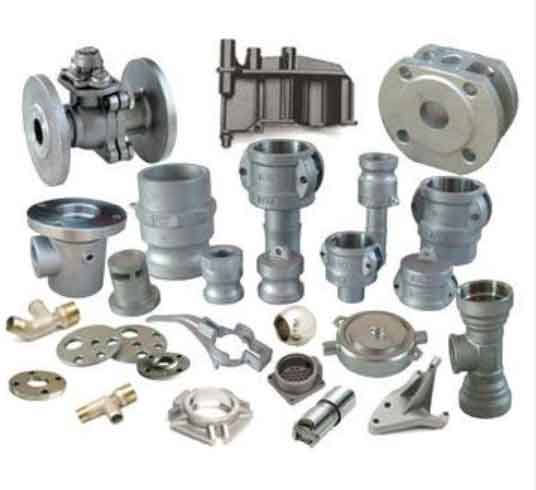The sand casting process, although a traditional method, has seen advancements and innovations over the years to improve efficiency, quality, and expand its applications. Here are some key innovations in the sand casting process:

- Computer-Aided Design (CAD) and Simulation: The integration of CAD software and simulation tools has greatly enhanced the design and analysis capabilities of sand casting. Engineers can now create detailed 3D models of the casting and simulate the filling, solidification, and cooling processes to optimize the mold design, predict defects, and improve casting quality.
- Additive Manufacturing (3D Printing) Patterns: 3D printing technology has revolutionized the pattern-making stage of sand casting. Complex and intricate patterns can be directly 3D printed using various materials, such as plastic or resin, eliminating the need for traditional pattern-making techniques. This allows for faster prototyping, customization, and reduced lead times.
- Advanced Mold Materials: Innovations in mold materials have improved mold quality and durability. Advanced refractory materials, such as zircon and chromite sand, can withstand higher temperatures and provide better surface finish to the castings. Additionally, the use of coatings and additives on mold surfaces helps reduce defects, enhance mold release, and improve overall casting quality.
- Automation and Robotics: Automation and robotics have been introduced in sand casting to streamline and automate various processes. Robotic systems can handle tasks such as sand molding, pouring molten metal, and removing castings from molds, leading to increased productivity, accuracy, and reduced labor costs.
- Optimization of Gating and Riser Design: The design of gating and riser systems plays a critical role in ensuring proper metal flow, minimizing defects, and achieving sound castings. Advanced techniques, including computer-based simulations and optimization algorithms, are used to optimize gating and riser designs for improved filling, reduced turbulence, and minimized casting defects.
- Sustainable Practices: Environmentally conscious practices have been incorporated into the sand casting process. The use of reclaimed sand, recycling of molding materials, and adoption of energy-efficient technologies in melting furnaces contribute to reducing waste generation, energy consumption, and environmental impact.
- Non-Destructive Testing (NDT): Non-destructive testing techniques, such as X-ray, ultrasound, and magnetic particle testing, are employed to inspect castings for internal and surface defects. These advanced inspection methods help ensure the quality and integrity of the castings without causing any damage.
These innovations in the sand casting process have expanded its applications across various industries, including automotive, aerospace, defense, energy, and more. Sand casting is now used to produce large and complex components, including engine blocks, turbine blades, pump housings, and structural components. The advancements in the process have improved casting quality, reduced lead times, and increased the overall efficiency of sand casting as a reliable and cost-effective manufacturing method.
